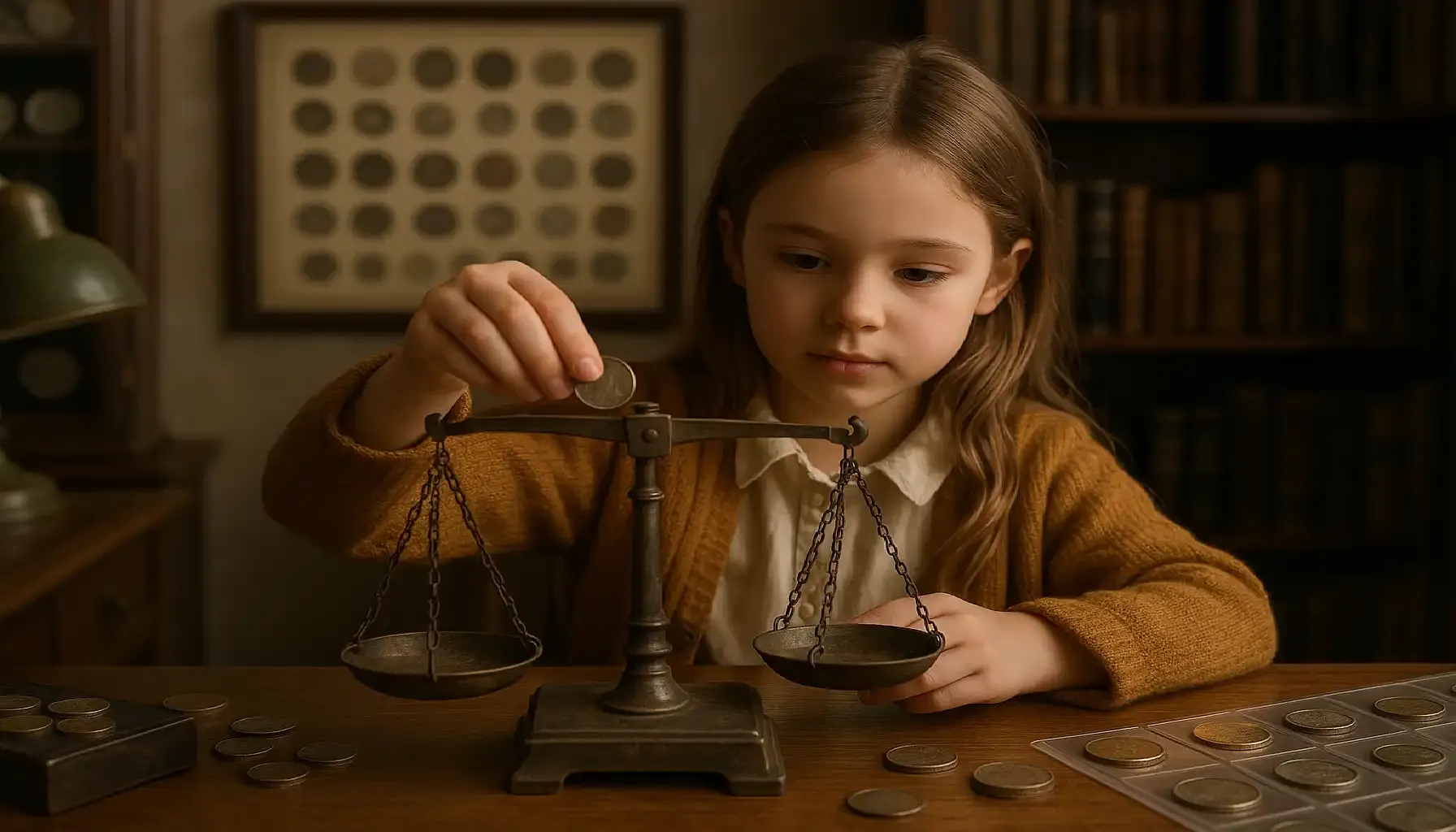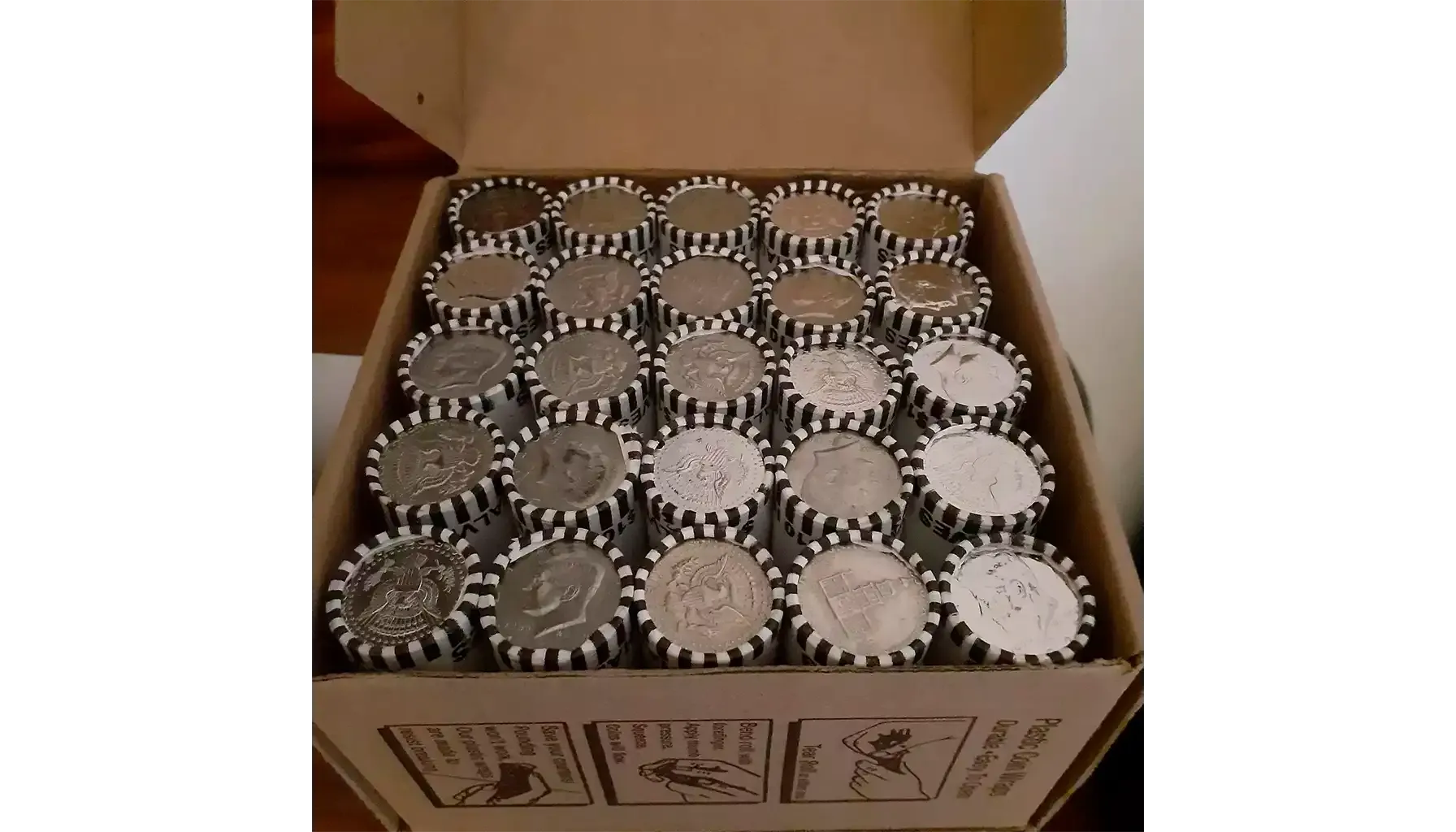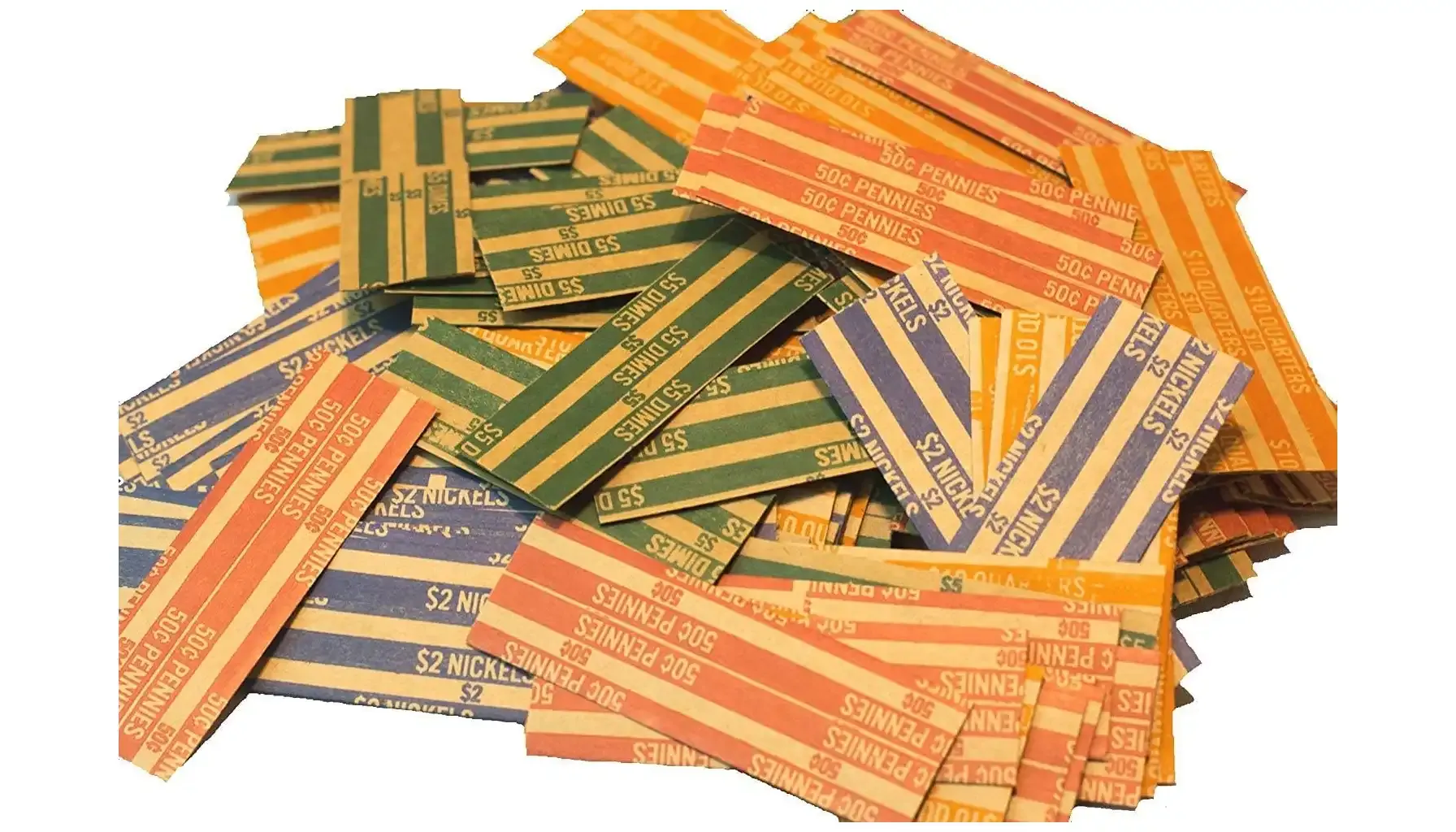Contents:
Mintage is one of the special aspects that may define the collectible potential of an item, its distribution, and value not to mention. But what exactly does it mean? And why should it be calculated properly?
In this material, we would like to introduce a well-known yet complex term and teach you how to identify coins and check coin mintage numbers correctly.
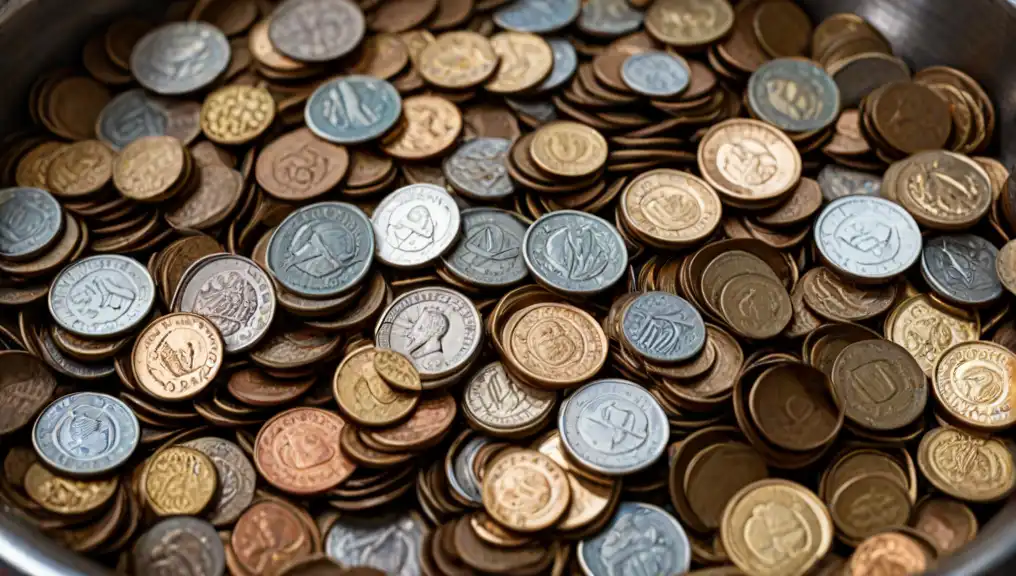
Basics First: What is Mintage in Coins?
What does mintage mean in coins? Numismatics sees mintage as the process and the total amount of items produced by a mint. To be more specific, it usually refers to the number of numismatic creations struck/designed/created over the given period, for a particular layout or denomination.
For statistical purposes, mints controlled by a government or private institutions, release mintage figures to inform the public about how common a coin is to be. The lower the number is, the more valuable and desirable the item should be, this is the rule.
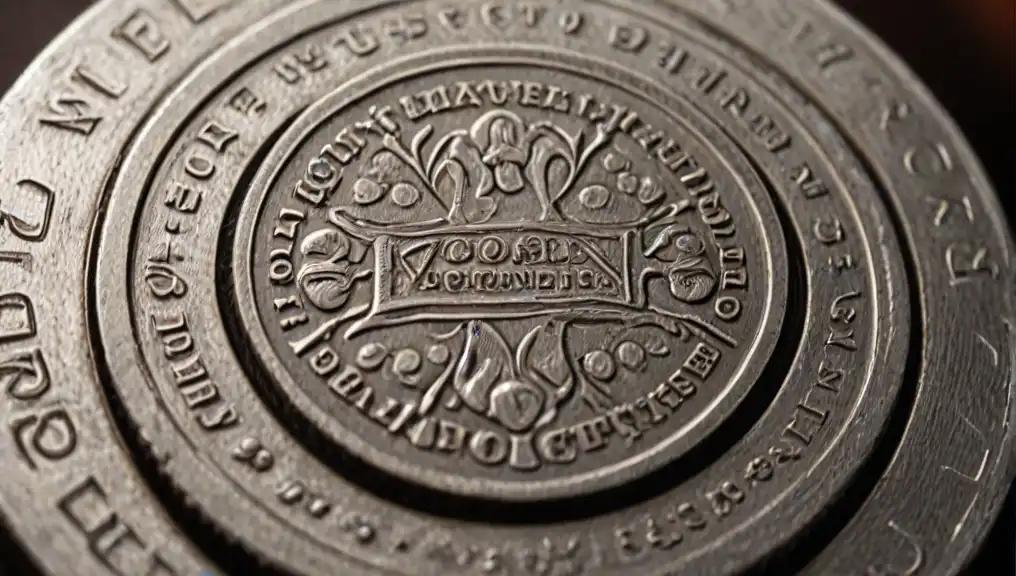
The Mintage Process
The mintage process is a procedure that presupposes the transformation of the coin from the raw material into plates with numerals, images, portraits (e.g., Edward VII coins), and/or inscriptions on them. But what does it include?
Designing the Coin: A person responsible for the design should develop a project that is to be approved and engraved onto a metal die further.
Blank Preparation: Right before a coin is to be struck, it is time to prepare blank discs of metal, that should be cut from larger pieces, polished, and weighed.
Minting: There should be taken two dies (one for the obverse and one for the reverse) to stamp the planchets with the design. When under pressure, the design squeezed out on the metal.
Quality Control: The unit of currency must be assessed to undergo quality control, and If a mistake or error is found, it is to be destroyed or recycled.
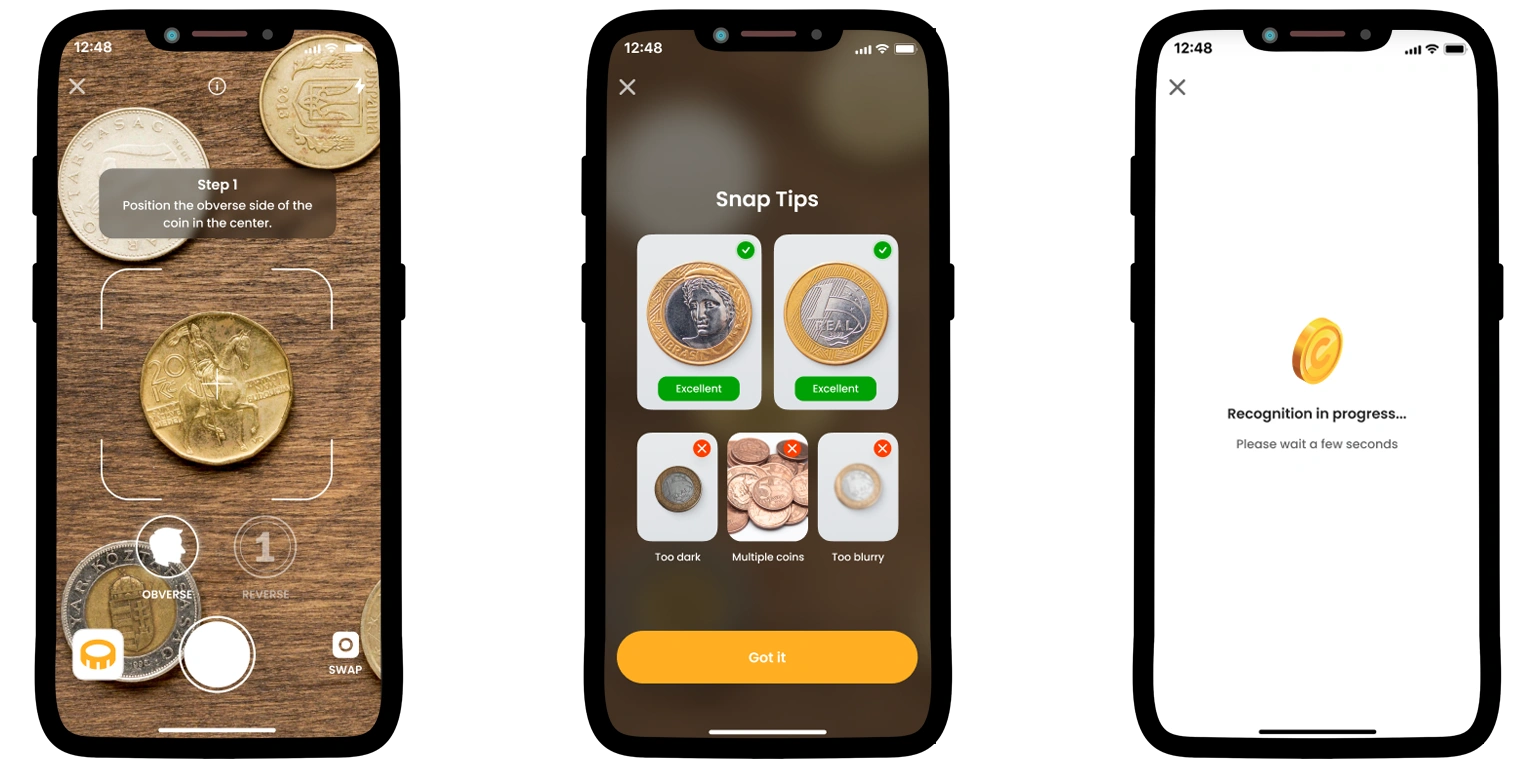
How to Find the Mintage of a Coin
To identify these figures, one may appeal to trustworthy resources that provide reliable data regarding a mintage per year.
Numismatic Apps: There exists dedicated software like Coin ID Scanner that serves as numismatic encyclopedias. Open the app, tap on the camera button, follow the tips, and explore the most detailed descriptions possible.
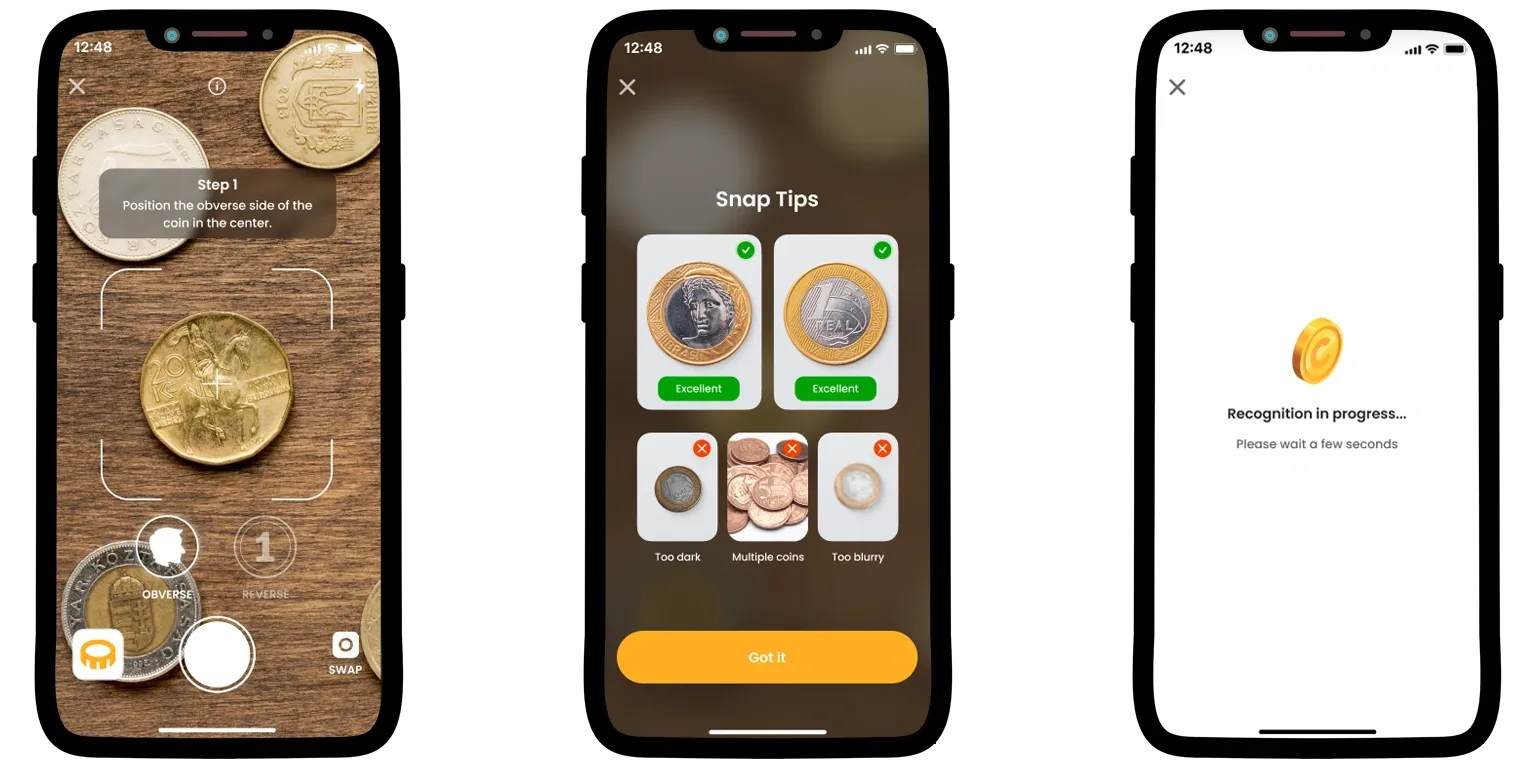
Official Mint Websites: The most accurate data is usually presented by those who produce coins, i.e., official mints (US Mint or Royal Mint).
Dedicated Catalogs: Different coin reference books and catalogs also list mintage numbers that refer to the real resources and insights from the authorities.
The List of Low Mintage Coins
Sample | Mintage | Auction Record |
445,500 | $18,872,250 | |
1,758 | $2,820,000 | |
5 | $4,560,000 | |
24 | $2,160,000 | |
15 | $1,092,500 |

Mintage is an important factor that should be carefully inspected when one strives to obtain a coin. It is just a part of the whole puzzle that comprises numerous aspects that define value and numismatic potential for good.

